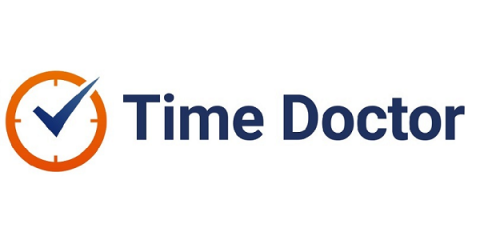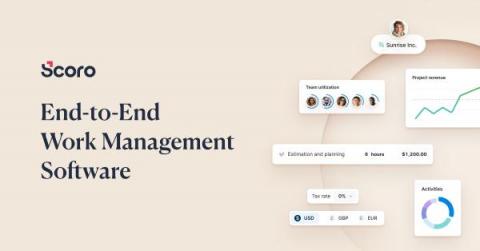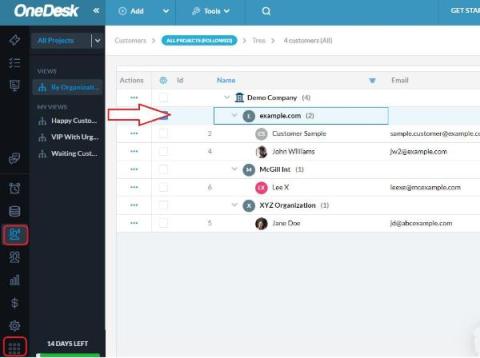10 essential factors for boosting employee retention
Keeping employees happy and productive is essential to the success of the office. It’s important to create an atmosphere where employees feel appreciated and inspired to stick around, not merely to cut down on turnover expenses. This blog post explores ten key factors that affect employee retention, such as possibilities for professional advancement, competitive pay, extensive benefits, and flexible work schedules.










